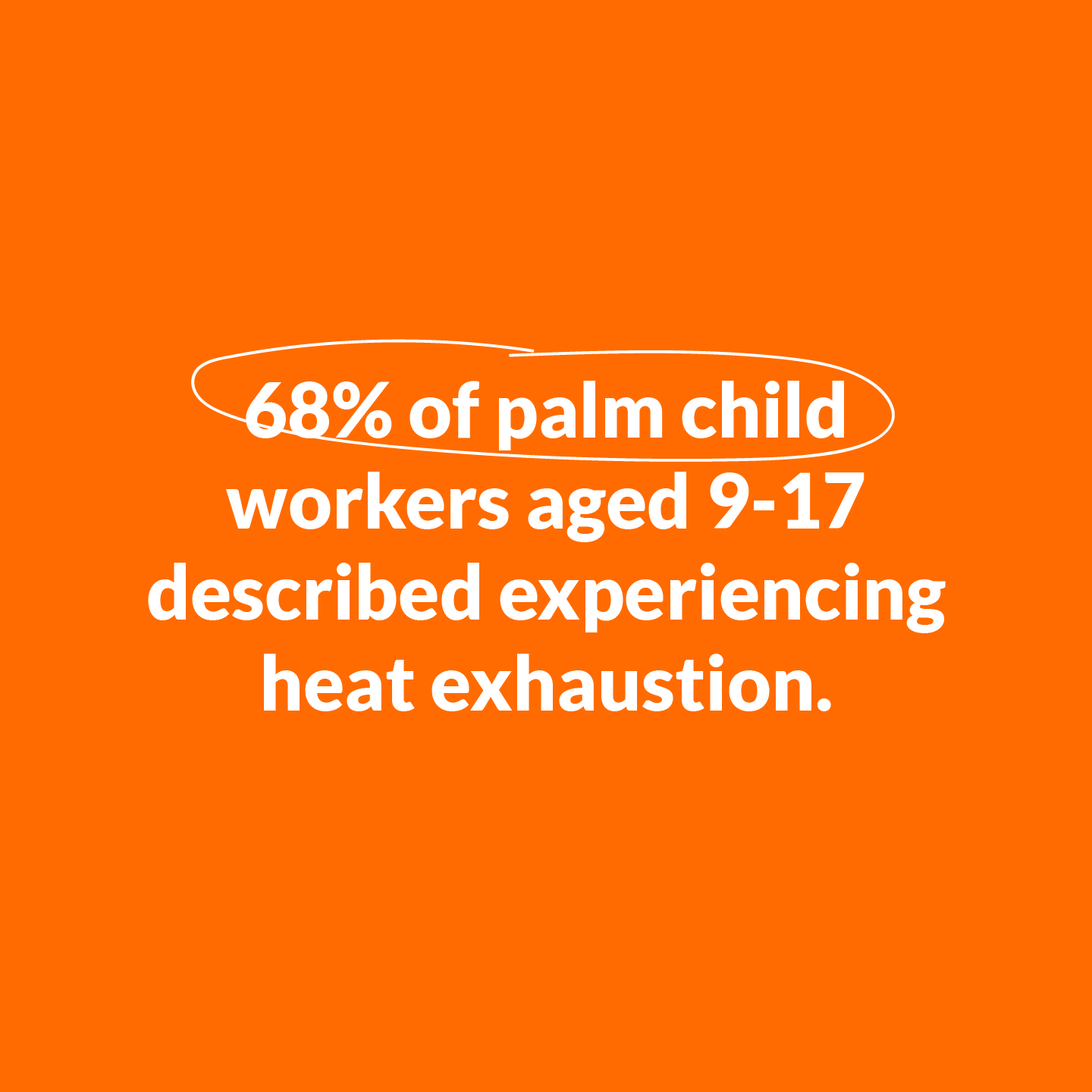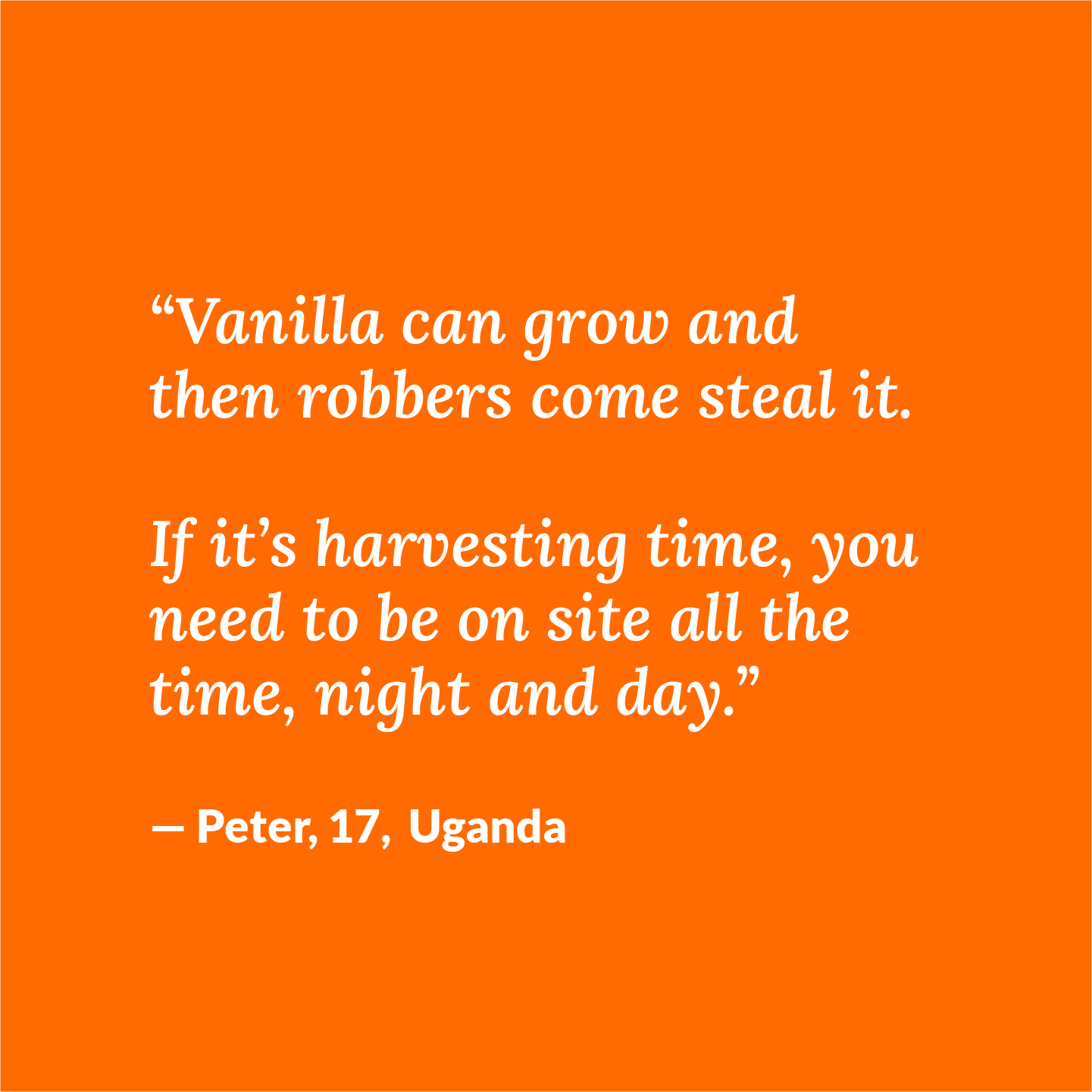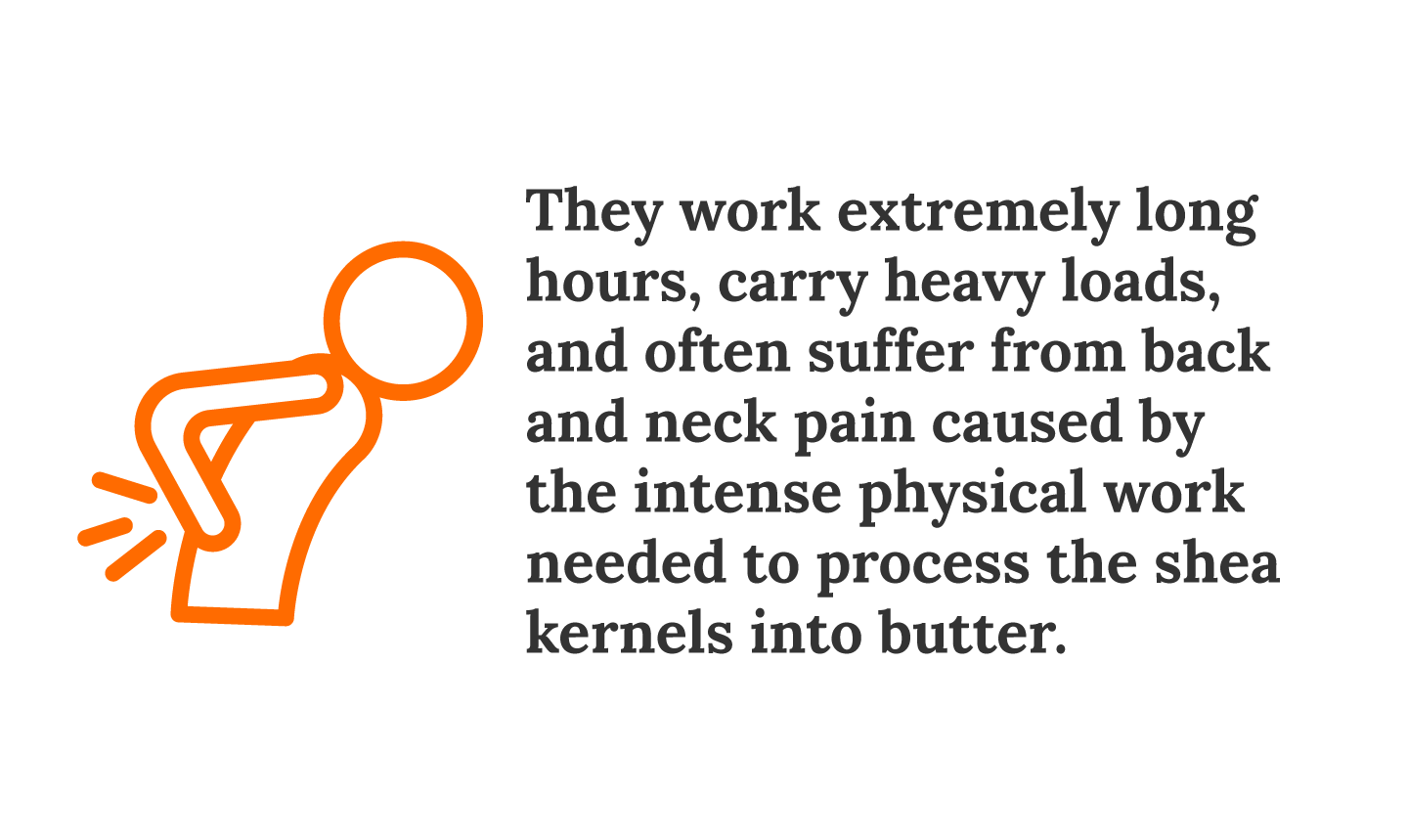Shady Beauty
Child Labour in the Global Cosmetics Industry


What do cosmetics have to do with child labour?
Children are working in unsafe and sometimes deadly conditions to source key ingredients that make up your makeup bag. To help create your eyeshadow, bronzer or lotion — sometimes they are forced to risk their lives and are paid less than $2 dollars a day, while the cosmetic company profits soar:





What do we mean when we say "child labour"?
Child labour generally refers to work done by children that interferes with their education and that is physically, socially or morally harmful.

Interestingly enough, the growing use of the term ‘cruelty free’ is used to confirm that a product was not tested on animals. However, this term does not necessarily mean that a brand’s supply chain is free from human rights abuses such as child labour.


INGREDIENT 01
Palm Oil

Palm oil is the most widely-used vegetable oil in the world, a globally traded commodity that is used in approximately half of all consumer goods, including cosmetics. Palm oil comes from the fruit pulp of oil palm trees grown on vast plantations. Approximately 83% of the world’s total palm oil is produced in Indonesia and Malaysia.
In cosmetics, palm oil can be found nearly anywhere, appearing in the ingredients lists of liquid eyeliners, cream foundations, shampoo, lip balm, and lipstick. It can be difficult to identify palm oil in any given list of ingredients since there are at least 200 names of ingredients derived from palm oil including:

1.5 million children in Indonesia work in the agricultural sector, including on palm oil plantations, where they often labour in unsafe conditions.
These are children as young as five years old, and not just in Indonesia, but also Malaysia, Ecuador, Sierra Leone, Guatemala, and Colombia. Workers on these palm oil plantations are often forced to enlist the help of their spouse or children to meet their given quotas, get bonuses, or avoid penalties — since they are often paid by weight.


INGREDIENT 02
Cocoa


While about 90% of the global cocoa crop ends up in chocolate confectionary products, cocoa is increasingly used in skincare and cosmetics for its healing and skin-softening properties. This is due to the increased demand for natural beauty as cosmetics companies reformulate their products to replace synthetic compounds with natural ones.
In cosmetics, cocoa can be found in moisturising creams, lotions, soaps, bath bombs, sugar scrubs, face masks, blush and bronzer.

The world’s leading producer of cocoa is Côte D’Ivoire, a small country on the western coast of Africa, followed by Ghana. It's generally grown by small-scale farmers. The pay is low and the work is labour-intensive, and as a result, many families who grow cocoa cannot afford to hire adult workers. Instead, they turn to their children to make ends meet.
An estimated 2.1 million children work on cocoa farms in Côte D’Ivoire and Ghana alone, and during COVID-19 lockdowns, researchers saw a 21% increase in child labour in Cote d’Ivoire.
Do you know all the steps involved in the processing cocoa?
STEP 1: HARVESTING
Cocoa pods are harvested by removing the pod from the branch and splitting open the pod to retrieve the beans.
STEP 2: FERMENTING
Beans are then fermented for two to five days, an essential process that creates the chemical changes needed to elicit the flavour and colour of chocolate.
STEP 3: DRYING
After fermentation, the beans are dried to remove most of the moisture. At this stage, the product is known as raw cacao beans or coca nibs.
STEP 4: GRINDING
Cocoa paste (also known as cocoa liquor) is created by crushing the dried and fermented cocoa nibs into a liquid, which then solidifies at room temperature.
STEP 5: PRESSING
The resulting paste is pressed to further extract cocoa butter, which can then be added as a skin-softening ingredient to cosmetics.
INGREDIENT 03
Vanilla

In cosmetics, vanilla is widely used in skincare products for its antioxidant properties and fragrance. You'll likely recognize vanilla as a key ingredient found in body lotions, lip balms, body butters, foundations, and creams.

Farming vanilla is tedious work. In Mexico, where vanilla is native, the bees pollinate the plants naturally. In East Africa, however, the absence of these bees means that each vanilla orchid must be pollinated by hand, making it a time-intensive product to grow. After all of this, vanilla middlemen pay farmers low rates for their crops, only to sell them for high prices on the global market.
Children as young as 10 can be found helping their parents on the vanilla fields instead of attending school, and farmers reported that child labour had been increasing in a 2020 assessment in Uganda.
Instead of going to school, boys and girls spend six to seven hours a day pollinating every orchid by hand in the late morning hours in order to have a successful harvest. To make matters worse, in some rural areas of Madagascar, it's common for the daughters of poor vanilla farmers to be forced to "repay" their family debt through sexual exploitation.


INGREDIENT 04
Shea


You can find shea butter in a wide variety of products, including eye makeup, lotions and creams, suntan products, lipstick, and hair care. In the last decade, the global demand for shea kernels has doubled.
The majority of commercial shea nuts are sourced from West Africa, where shea trees are native and an estimated 16 million women work in picking, crushing, roasting, grinding, and cooking the shea nuts for selling.

When paid a fair price, women-led shea cooperatives can be an important source of livelihoods for local communities. We've seen the demand for natural cosmetics in recent years cause an increase of direct-traded shea products marketed for their ability to empower communities of women.
The problem is that there is a lack of published investigations into child involvement in collecting and processing shea – especially in poor agricultural communities where children may be at higher risk – which highlights the need for additional research and awareness by companies and consumers.
INGREDIENT 05
Mica

Mica adds sparkle to highlighter and blush, eye shadows, lipsticks, and nail polishes. Any product that shimmers likely contains mica, which can be either natural (mined) or synthetic. In addition to shine, mica also serves as an anti-caking agent in powdered cosmetics, such as foundation and blush.
Mica is mined in various countries, including Brazil, Canada, China, Madagascar, Pakistan, Sri Lanka and the United States. However, 25% of the total mica in use around the world comes from just two states in India: Jharkhand and Bihar. Mica from these states is considered higher grade and perfect for providing the pearly sheen in cosmetics products.
In these two states, more than 22,000 children, some as young as five years old, work in small mines with their family members, who often have no other source of income.

Mica mining is incredibly dangerous for children. The risks they face include broken bones and severe injuries in accidents, death from exhaustion and heatstroke, and a type of lung disease known as silicosis, which is caused by inhaling quartz or silica dust that causes lung inflammation and scarring. Not to mention, many children work in mine shafts up to 300 metres deep which are known to collapse.


INGREDIENT 06
Copper


Although incredibly important for use in electronics and engineering, there has been an explosion in the use of copper derivatives in high-tech serums and other skincare products in recent years, thanks to its skin healing and plumping properties. Cosmetics only make up a very small percentage of overall copper use worldwide, but there is mined material in popular ingredients like copper sulphates, copper gluconate and copper peptides.
Chile mined the most copper worldwide in 2022, with Peru and the Democratic Republic of Congo (DRC) tied for second place. In addition to being a large producer of copper, the DRC also has a large problem with child labour; it’s estimated that four in 10 miners in DRC are under the age of 18.

Children might work up to 12 hours and earn just USD $2 per day as low-paid washers or sorters. However, there was an increase in child labour at the mines during COVID-19, as decreased prices for artisanal miners drove even more children out of schools and into the mines.
Despite protective legislation, the fight against child labour in mines in DRC continues. In general, risks are higher in the informal artisanal mining sector where children are vulnerable to abuse and exploitation by armed guards and mine owners, as well as significant immediate and long-term adverse impacts on their health. Tunnels are often hand dug, poorly supported, and badly ventilated – deaths due to mine collapses, and ‘hard metal lung disease’ are well documented.


The key is in responsible buying and reducing poverty.
Please don't eliminate these ingredients from your beauty routine. This is not the solution! This approach would only further impoverish families that depend on the sale of these commodities to survive. Instead, you can leverage your purchasing power as the consumer. When farmers and miners are paid a fair price, families are able to prioritise their children's well-being.
At the core, we must reduce child poverty to reduce child labour.
To do this, we empower girls and boys to be advocates for their own safety and protection, strengthen families, partner with communities (including faith communities) to promote positive norms, and influence governments for improved implementation of laws and standards they have committed to abide by.
How you can help end child labour in the cosmetics industry:

Share your knowledge
Increase awareness by sharing this report on social media. Use any these hashtags so we can see! #PriceOfBeauty #ShadyBeauty #PrettyShady #ChildLabour

Use your voice
Ask your favourite beauty brands what they are doing to ensure their supply chains are free of child labour and human rights violations.

Use your purchasing power
Choose to support companies that prioritise child protection standards in their supply chains and pay fair prices to producers.

Support efforts to eliminate roots causes
Take a stand and lobby for policies that ensure child protection enforced in your country's supply chain.
Download the full report
Read the full report for more in-depth information about how child labour is linked to the cosmetics industry, personal stories and case studies, and to learn more about our recommendations for consumers, governemnts, and corporations.
* Please see the PDF version for detailed sources and footnotes for all facts and quotes found on this page.


